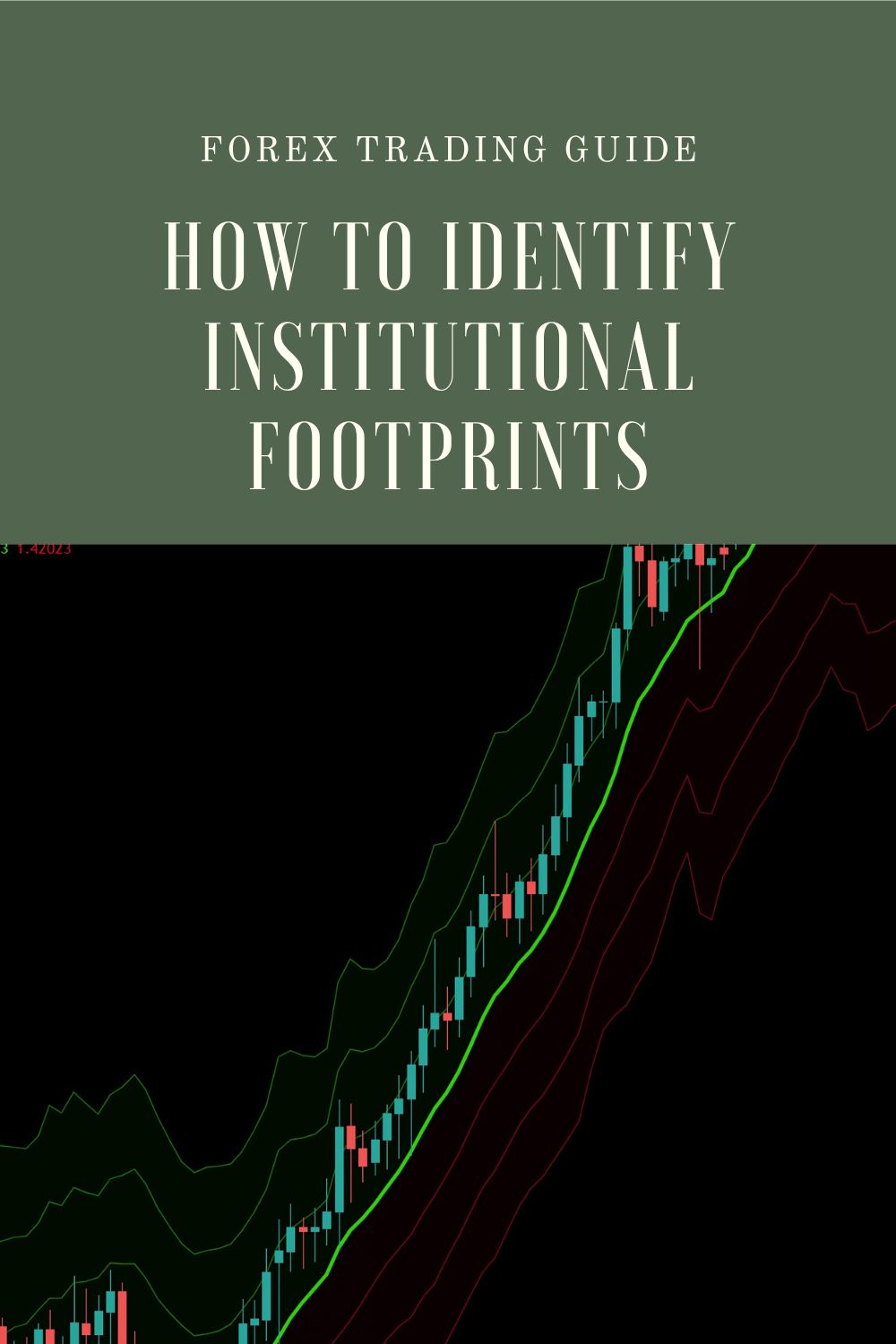Last Updated on March 30, 2025 by Arif Chowdhury
Ever wonder why the market suddenly reverses right after you enter a trade? 🤔
That’s not bad luck—that’s institutional money moving.
As a seasoned Forex trader since 2015, I’ve spent thousands of hours studying how big players leave their footprints in the market.
The truth? Most retail traders are just donating their money to institutions.
But you can flip the script.
What Are Institutional Footprints? 💰
Institutional footprints are traces left by large market players—banks, hedge funds, and investment firms—when they accumulate or distribute positions.
According to a 2023 BIS report, just 10 global banks control approximately 63% of the daily $7.5 trillion Forex market volume.
These players don’t enter or exit positions in one go—they can’t without moving the market against themselves.
Instead, they leave footprints through accumulation-distribution zones.
Identifying Accumulation Zones 📈
Accumulation happens when institutions are quietly buying while keeping prices relatively stable.
Key characteristics:
- Tight price ranges with increased volume
- False breakouts to the downside that quickly recover
- Higher lows forming gradually
- Decreasing selling pressure despite bearish news
When I spot these patterns, I know big money is preparing for a move up.
The best trades often come right as these zones complete—before the explosive moves that leave retail traders chasing.
Spotting Distribution Zones 📉
Distribution occurs when institutions are selling their positions to eager retail traders.
Look for:
- Extended periods of sideways movement at market highs
- Reduced momentum despite positive news
- Lower highs forming despite “bullish” narratives
- Increased volume without significant price advancement
According to a 2024 market structure study, nearly 73% of retail traders enter long positions during distribution phases—exactly when institutions are exiting.
Volume Spread Analysis: Your Secret Weapon ⚔️
The most powerful tool in identifying these zones is Volume Spread Analysis (VSA).
VSA helps you identify:
- Effort vs. Result anomalies
- No-demand and no-supply signals
- Tests of previous support/resistance with reducing volume
- Springs and upthrusts that trap retail traders
This approach completely transformed my trading.
Why Most Traders Miss These Signals 🧠
Most retail traders focus solely on indicators that lag behind price.
They’re looking at what happened, not what’s happening.
Institutions operate on order flow and liquidity—concepts most trading courses never properly explain.
Turning Knowledge Into Profit 💸
After years of studying institutional behavior, I developed my Golden Grid trading system.
This system is specifically designed to capitalize on accumulation-distribution zones across any Forex pair.
Check out my Golden Grid system here that captures these institutional moves.
The beauty of this approach? It doesn’t fight the big players—it aligns with them.
My system typically captures 20-40 pips in quick succession, often generating 2-3% ROI within hours.
On Gold (XAU/USD), the results are even more impressive due to its unique volatility patterns.
Real-Time Market Analysis Examples 📊
When analyzing EURUSD last month, I identified a classic accumulation zone after a prolonged downtrend.
While retail sentiment was overwhelmingly bearish, VSA showed:
- Decreasing volume on downward movements
- Multiple spring patterns trapping shorts
- Background buying on seemingly bearish candles
Those who recognized these institutional footprints positioned themselves for the subsequent 250+ pip move.
Implementing This Approach In Your Trading 🔍
To start identifying these zones:
- Focus on longer timeframes first (4H and daily)
- Look for divergences between price action and volume
- Pay attention to price reaction after news events
- Use market structure to identify potential reversal zones
Most importantly, practice patience. Institutional players operate on different timeframes than retail traders.
Risk Management Is Non-Negotiable ⚠️
While understanding institutional behavior improves your edge, proper risk management remains crucial.
I always recommend testing new approaches in demo accounts before risking real capital.
Finding The Right Platform And Broker 🏛️
Your ability to identify these institutional zones depends partly on having the right tools and data.
I’ve tested numerous brokers to find those offering the cleanest price data and lowest spreads—essential for this type of analysis.
The right broker makes all the difference in capturing these institutional moves efficiently.
Final Thoughts 💭
Understanding accumulation-distribution zones won’t make you an overnight success.
But it will put you on the same side as the smart money—and that’s half the battle.
Start small, focus on recognition patterns, and gradually incorporate these concepts into your existing strategy.
The market reveals its intentions to those patient enough to look.
